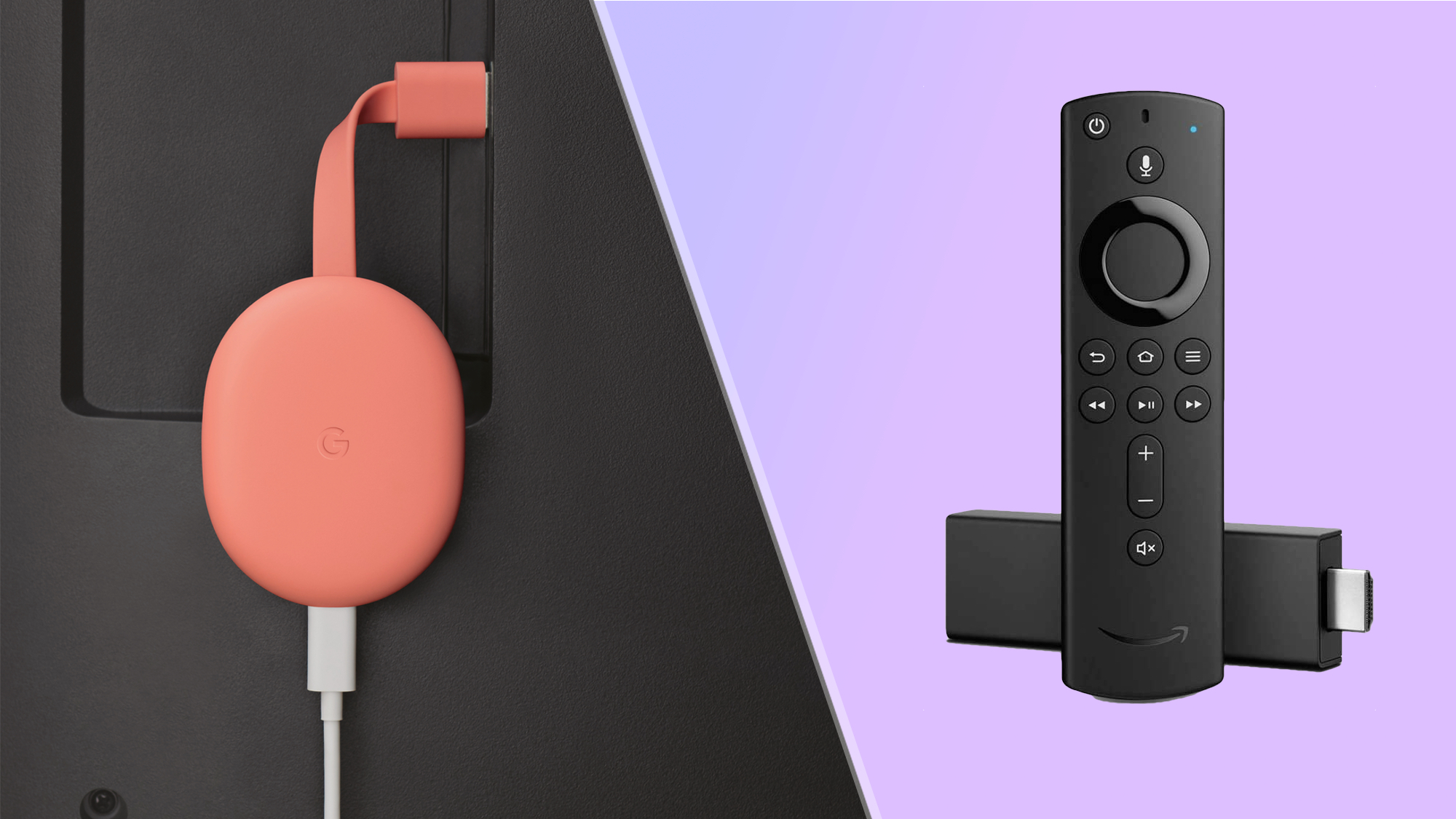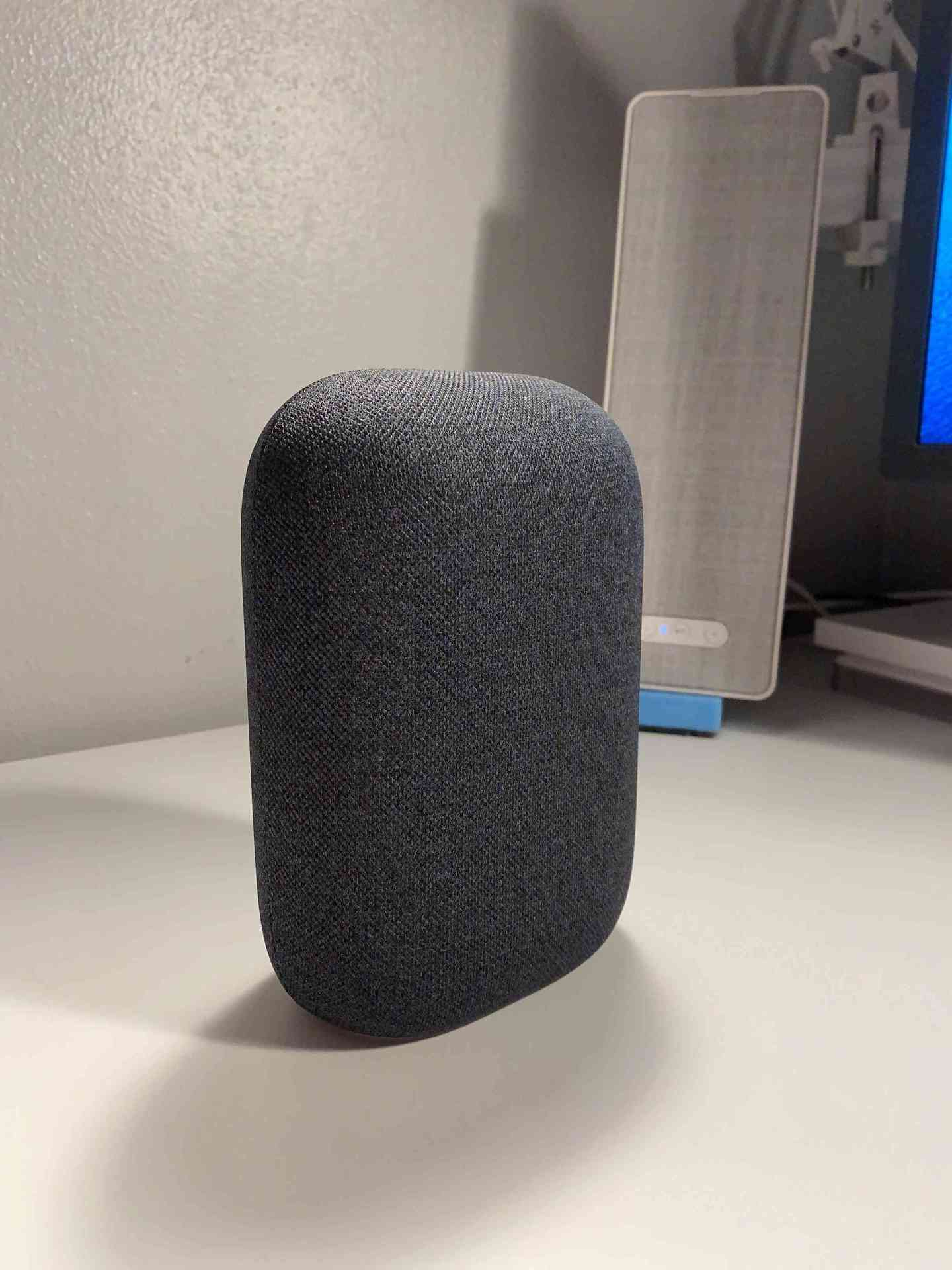There are many reasons to ditch Google Photos in favor of Amazon Photos. The latter offers better options and more advanced features. This is especially true if you have already subscribed to Amazon Prime/Amazon Drive, as the service comes included.
Apart from movies, TV shows, and music, you can even see the slideshow of the photos, which is stored on the media server, which can also be really cool. So today I will talk about, how you can set up the UPnP client on your Amazon Fire TV Stick and access the contents from your media server right onto your Amazon Fire TV Stick. Copy Google apps to the Download folder on the Kindle Fire HD or HDX. Open ES File Explorer, open the Download folder, and tap to install the Google apps you want. For best results, I recommend.
However, migrating from Google Photos to Amazon Photos is a bit tricky and going to take some time. Unfortunately, Google Photos no longer allows sync with Google Drive, so the sync and upload workarounds no longer work.
You can still get your photos from Google Drive to Amazon Prime, but it will take some work. Having higher quality images and the additional storage space will make it worth it. Not to mention, if you ever get locked out of your Google account, your favorite pictures will be saved in Amazon photos.
Amazon Photos Benefits
Amazon Photos excels when it comes to storage limits. Where Google Photos allows you to have free storage for photos of up to 16 megapixels, Amazon Prime members can upload an unlimited number of full-resolution photos to the app. This is especially handy for photographers and graphic designers, who would be able to store an unlimited number of RAW files on Amazon Photos, instead of having them automatically converted to JPEG by Google Photos.
Amazon Photos also offers Family Vault and Amazon Prints. Family Vault allows you to add up to 5 family members to your Photos account, meaning that they also gain access to Amazon Photos with no charge. Amazon Prints offers many useful options for printing your photos on various items. Compared to Google Photos’ 1-person sharing and two print options, Amazon is the clear winner here.
Downloading from Google Photos
Like we mentioned earlier, this isn’t the easiest or fastest workaround, but it is the one available right now. The instructions will differ slightly if you’re using your phone, or your computer.
From Your Computer
It’s probably best to use your computer because you’ll need the storage space for a minute. If you have a higher storage phone or tablet, it may be possible to use that.
- Open Google Photos on your computer and sign in.
- Click on ‘Photos’ located on the left-hand side of the window
- Hover your cursor over a photo you’d like to download
- Click the white checkmark (it will turn blue)
- Scroll through your photos clicking each one you’d like to move to Amazon Prime Photos
- Once you’ve selected the desire photos click the three vertical lines in the upper right-hand corner
- Click on ‘Download’
From here, you’ll follow your computer’s lead to store the content on your computer.
From Your Smartphone or Tablet
Sign in to the Google Photos app and follow the verification instructions. From here, follow these instructions:
- Tap on ‘Photos’ located on the lower left-hand side
- Long-press one of your photos
- Tap each photo so that the hollow circle turns into a blue checkmark
- After you’ve tapped each one select the three vertical dots in the upper right-hand corner
- Tap ‘Save to Device’
Note: Only select the photos that are not already saved to your device, otherwise you will not see the ‘Save to Device’ option.
The Google photos app does have a nifty scroll option that allows you to go back to a certain month or year. If you remember when you first purchased your phone, going back to that date makes this easier.
Backup to Amazon Prime Photos
The next step is going to be putting all of your photos in Amazon Prime.

Sign Up and Configure Prime Photos
First of all, take note that the best way to get Amazon Photos is to become an Amazon Prime subscriber, as this comes with much better options than subscribing to Amazon Drive. If you aren’t a Prime member, sign in to your Amazon account and upgrade your membership.
Once you’ve set up your Family Vault (not required, but definitely recommended), consider turning the Add Uploads to Family Vault option on.
Prime Photos App
Download and install the Prime Photos app on your device. If you want Prime Drive to back up your phone’s photos and videos automatically, go to Settings and turn the auto-save option on by navigating to Auto-Save and activating the sliders next to Photos and Videos.
Upload to Amazon Drive
Download and install the Amazon Drive desktop app and back up all the desired photos and videos.
You can either keep Google Photos as a backup option or you can delete it once you’ve verified that all your pictures are safely in Amazon Prime.
The Final Steps
Now that your photos are secure, you’ll have to clean up the mess left behind. Depending on the reason for transferring content away from Google Photos, you may want to disable or delete the application.
Turn Off Back up & Sync on Google Photos
This is the last step that involves the Google Photos app. If you want to keep the app, go to settings, and turn the Backup & sync option off.
If you no longer need the Google Photos app, feel free to delete it now. It is recommended that you keep it installed until you’re done moving photos, though.
Delete the Photos from Your Computer or Phone
Don’t forget to delete the content from your computer to free the space back up. You can transfer it to an external hard drive, or delete it entirely. Whether you’re using a Mac or a PC, head over to your downloads and remove the files.
Workarounds
Although it isn’t simple at all, this seems to be the simplest way to migrate your photos from Google to Amazon. If you’re using an Android phone there are Android Beam and Wifi Direct options used for transferring data.
If you have the time and the know-how to use these options, you could transfer content directly from Google Photos on one Android device to another. Unfortunately, only so much content can travel at a time, so you’d spend more time sending five or ten photos at a time.
The same thing goes for iPhones with AirDrop, even if Google Photos gave you the option, you could only send a few at a time.
Easier workarounds will appear at some point that will make this process easier. Until then, downloading to your device then uploading to Amazon Prime Photos is the best option.
Amazon Fire TV Stick is one of the most popular streaming devices that you can use in India. With the help of Amazon fire stick you can not only watch your favourite shows on several streaming sites like Hotstar, Prime Video, etc., but if you are having a small media server in your home, you can even use the Amazon Fire TV Stick to watch the shows, or listen to music that is stored in that media server. Most people still have their library of movies and songs on the computers and laptops, but watching a movie or TV show is far better on the Amazon Fire TV Stick, as you can control the playback with the help of a handy remote, which is not the case if you do that on your computer or laptop.
But in order to make your Amazon Fire TV Stick be able to play music and videos on a local media server, you need to download a UPnP client, which can help your Amazon Fire TV Stick streaming media contents from your media server. Apart from movies, TV shows, and music, you can even see the slideshow of the photos, which is stored on the media server, which can also be really cool. So today I will talk about, how you can set up the UPnP client on your Amazon Fire TV Stick and access the contents from your media server right onto your Amazon Fire TV Stick.
So, without any further delay, let’s get started with, how you can set up the UPnP client on your Amazon Fire TV Stick.
Accessing local media files on Amazon Fire TV Stick
Even though you can find the number of UPnP apps available for Amazon Fire TV Stick but I recommend you to go for VLC Media Player for obvious reasons.
Step 1: Just search for VLC Media Player in the search bar of the Fire TV Stick or you can even call your personal assistant Alexa to take you to the download page of VLC media player for Amazon Fire TV Stick.
Step 2: After you have downloaded VLC Media Player on your Amazon Fire TV Stick, just open it. Before you open VLC Media Player, make sure that the media server is turned on and is discoverable.
Step 3: Now open the VLC Media Player on the Amazon Fire TV Stick, navigate down unless you find the ‘Browsing’ tab and when you are there, select ‘Local Network’ and open it.
Step 4: You can find all the discoverable media service that is present on your Local network. For me, it is the ‘My media server’. Just navigate to it and open it.
Here, you can find all the folders to play whatever you want.
You can press the back button multiple times to come back to the home screen of your Amazon Fire TV Stick, or simply tap on the ‘Home’ button for a one-tap solution.
The VLC Media Player is one of the mightiest media players that are available. Besides watching videos on your Local network and listening to music you can even stream online content on the VLC Media Player, which can sometimes be useful if not every time.
Google Photos On Fire Tv Smart Tv

Amazon Fire TV Stick does not have its own memory to download media content in an easy way, and thus, VLC Media Player can actually be used for this purpose and that is why you should keep it downloaded and installed on your Amazon Fire TV Stick. This is going to work for you, no matter which Amazon Fire TV Stick device you are using, as long as you have enough space to download it on your Amazon Fire TV Stick.
Google Photos Apk Fire Tv
So, that was all about how you can install the VLC Media Player on your Amazon Fire TV Stick to stream content from your local media server. Do you have any questions? Feel free to comment on the same below.